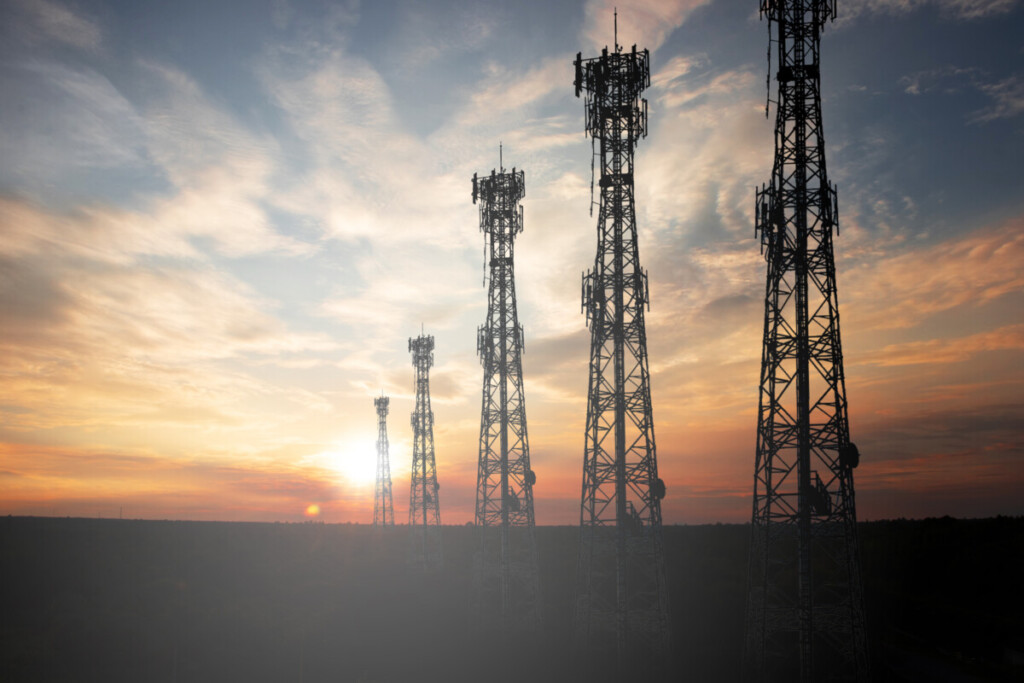How Soracom Has Maintained 99.99% Uptime For the Past 3 Years

With 82% of companies experiencing some form of unplanned downtime and the median cost of these events hovering around $260,000 per hour, finding a connectivity solution that can provide secure and reliable uptime for a fleet of smart devices is integral to modern IoT deployments.
At Soracom, we feel it’s important that our customers can trust their connectivity provider. That’s why we proudly publish our connectivity status and any outage/update information publicly. We provide full transparency for our customers and those interested in what Soracom can do for their deployment. This means sharing our stumbles as well as our successes.
Over the past three years, we have maintained 99.99% operational uptime. While this means we have experienced a cumulative total of 5.5 hours of downtime, it is a number we aren’t afraid to share. That’s because of the way we build multiple layers of redundancy into every part of our system, meaning that most of our customers did not actually experience that downtime at all.
Yet, despite this success, we are not resting on our laurels.
Our core network was designed from scratch to take full advantage of cloud technologies and was built on the AWS cloud. This allows Soracom to run mission-critical infrastructure by leveraging AWS’ global infrastructure and practically infinite resource pool. We ensure that every layer within our infrastructure is scalable horizontally and redundant. This is so that, even in the event of hardware failure, the failed instances can be replaced automatically without impacting the service. Conversely, should we see a sudden increase in the device’s workload, the relevant microservices can automatically scale up/out and keep clients connected.
We also employ multiple availability zones so that we can keep serving customers even under dramatic scenarios such as a data-center-level failure or a natural disaster. The cloud-native core network is our secret sauce behind the high availability and fast innovation of the platform. But that is only part of how a solution as reliable as ours keeps its customers online.

Multicarrier Support Provides Redundant Cellular Coverage
Any device outfitted with a Soracom SIM or eSIM has the ability to connect to multiple carriers within the countries we support. This variety is important because no single carrier can guarantee complete geographical coverage, and depending on where a device is physically deployed, a particular carrier might not cover your entire operational area.
The Soracom SIM allows a device to seamlessly switch to an alternate network that has a stronger signal – something that is particularly important for IoT applications where devices are constantly on the move (i.e., Asset tracking, telematics, etc.) or deployments staged in areas where cellular signals are often affected by weather or temporary obstructions.
This also means that if one carrier’s network goes down (be it a local or regional outage or complete loss of service), your devices can similarly switch to another network to stay connected.
This layer of redundancy alone has proven to be one of our strongest selling points, proving absolutely essential for monitoring critical systems or processing payments.
”Different carriers have different antenna configurations, so going with one (carrier) isn’t going to work,” said Nadav Schnall, co-founder of IoT monitoring solution ProSentry. “So that’s why, for us, the Soracom solution is so amazing in that you’re choosing which connectivity is working, and you’re doing that over the cloud seamlessly.”
When Multicarrier Isn’t Enough: Redundant Connectivity with Multi-IMSI
Although some Mobile Virtual Network Operators (MVNOs) boast similar multicarrier coverage redundancy, most do so using a single IMSI (i.e., the credentials stored on the SIM that your device uses to connect to a network). This, in turn, can lead to issues as the IMSI is not only what the network uses to initiate or block a connection, it also determines how to route data between your device and the MVNO.
Say an outage occurs on the data route between the carrier and the MVNO – or worse, if the IMSI is no longer allowed to connect to any of the carriers in a device’s area of operation. In this scenario, the data won’t know how to route between the device and the MVNO, meaning that switching to another carrier while using the same IMSI will have no effect. Essentially, having only one IMSI represents a single point of failure – a common pitfall that some MVNOs don’t talk about, and fleet owners often don’t consider until it’s too late.
That’s why Soracom also provides multi-IMSI redundancy via our Subscription Container feature. While multicarrier coverage is standard for devices equipped with Soracom SIMs or eSIM, this feature allows users to add multiple IMSIs to their Soracom SIMs. This means that even if an IMSI is no longer allowed to connect to a carrier, the SIM configuration can be updated so that devices can switch to a different IMSI and stay connected.
Soracom’s multi-IMSI technology is not just a backup solution, either – It also actively works for customers. Rather than only using another IMSI during an outage, Soracom SIMs can automatically activate different IMSIs if they can provide the lowest data rates or additional coverage in areas where one IMSI’s carrier boasts weak or no coverage at all.
This switching is done automatically inside the SIM, meaning there is no need for a device to first connect to a network so that an operator can push an over-the-air (OTA) command to force the SIM to switch to a different IMSI – a common challenge when it comes to traditional eSIM profile orchestration, where if a device goes offline due to an outage, it’s already too late to send the signal to switch profiles. Soracom SIMs are intelligent enough to handle IMSI switching on their own. Moreover, the configuration for IMSI switching can be updated over the air when needed.

Beyond Cellular: Additional Redundancy with Other Wireless Technologies
The combination of multicarrier and multi-IMSI solutions (as well as Soracom’s own cloud-based core network redundancy) already provides several layers of redundancy that outperform what most MVNOs – and even many MNOs – offer, ensuring that cellular devices using Soracom SIMs can stay online, even if multiple outages occur at the same time.
Yet the hard truth is that there can still be some situations, rare as they may be, where cellular connectivity is completely unusable, which is precisely why Soracom’s connectivity solution also incorporates technologies such as satellite, Sigfox, WiFi, and other radio technologies.
Owners of IoT device fleets can go the extra mile to outfit their devices with multiple wireless technologies but will face several challenges. For one, they will likely be reliant upon separate vendors to provide each different connectivity service. This comes with the additional headache of maintaining multiple carrier contracts, as well as managing multiple sets of connections for every device.
Because Soracom also provides support for multiple radio technologies, owners need only work with a single vendor for their entire fleet. Moreover, Soracom provides built-in tools that allow developers to use multiple connectivity technologies with a single integration to their IoT backend or cloud service, greatly simplifying application development. This means developers no longer need to build separate applications for device data depending on which vendor or wireless technology is used to transmit it.
Soracom Provides Layers of Redundancy to Avoid Downtime
While no one system will ever be truly 100% foolproof, Soracom has created several layers of insulation for connectivity designed to give its customers the most consistent uptime possible. We place our customers’ continued operation at the forefront of our connectivity solution through several layers of redundancy, multicarrier support, and automatic failover.
This also means being prepared to address any issues that pop up as they arise. With all the layers of complexity that go into a connectivity solution such as ours, our team is well-experienced at troubleshooting any potential issues that may arise – even those that don’t stem from Soracom.
“What matters is that we have built systems that allow us to respond to issues no matter where they occur,” said Soracom Product Manager Felix Hsieh. “Having our own core network gives us the unique ability to mitigate downtime on behalf of our customers, even for outages that are out of our control.”
………………
Got a question for Soracom? Whether you’re an existing customer, interested in learning more about our product and services, or want to learn about our Partner program – we’d love to hear from you!



